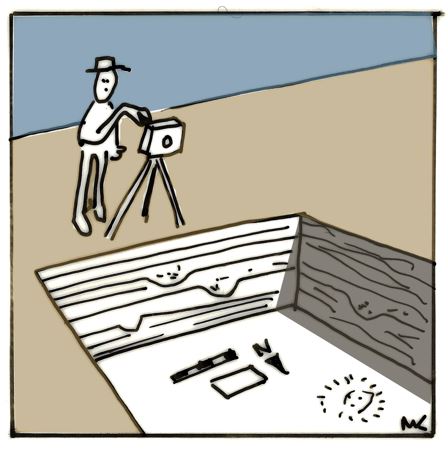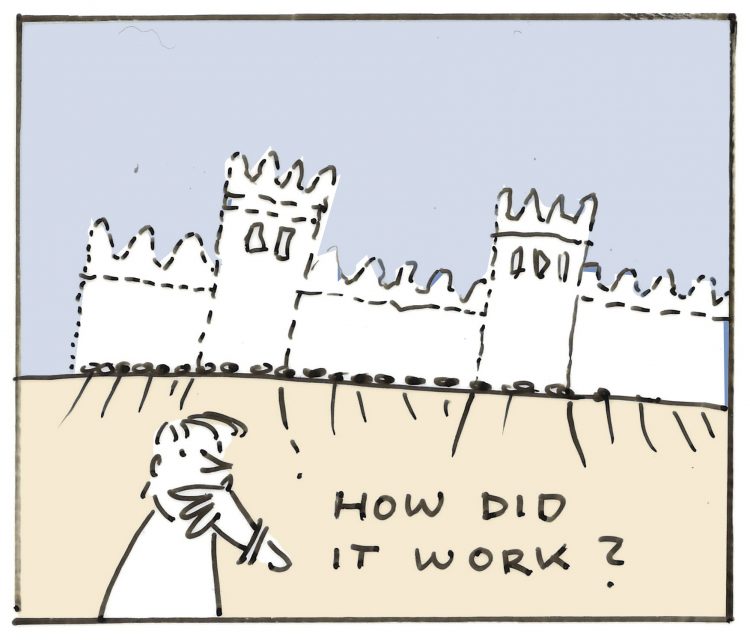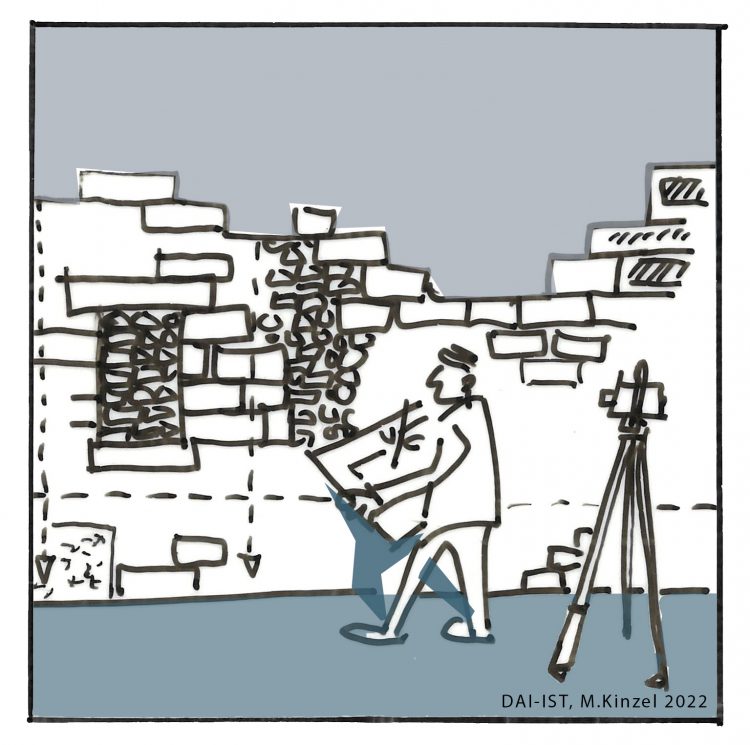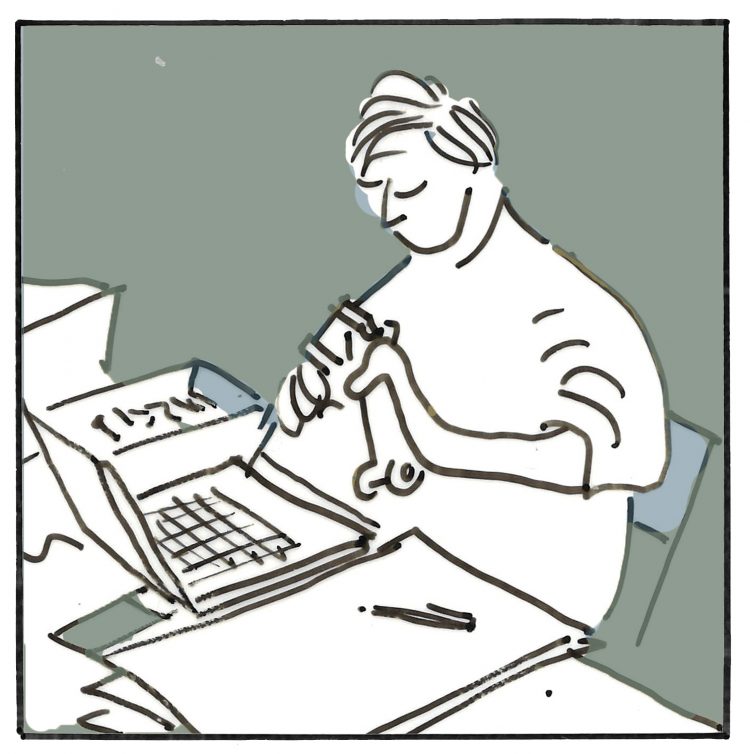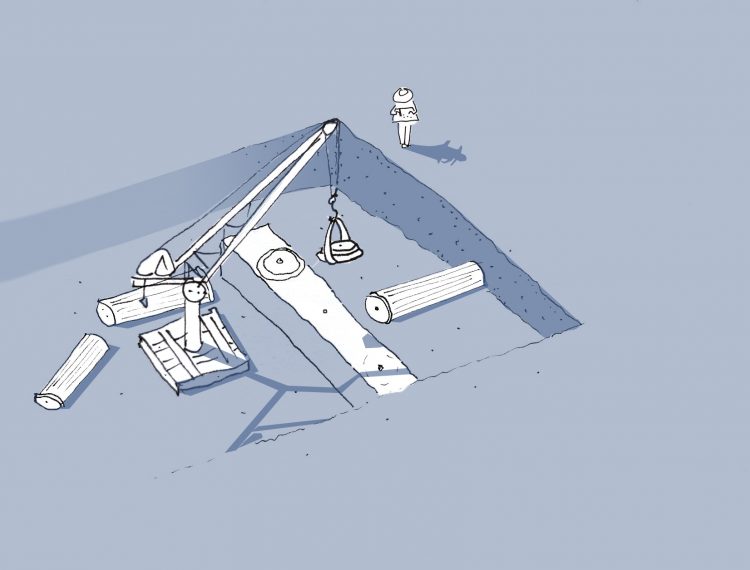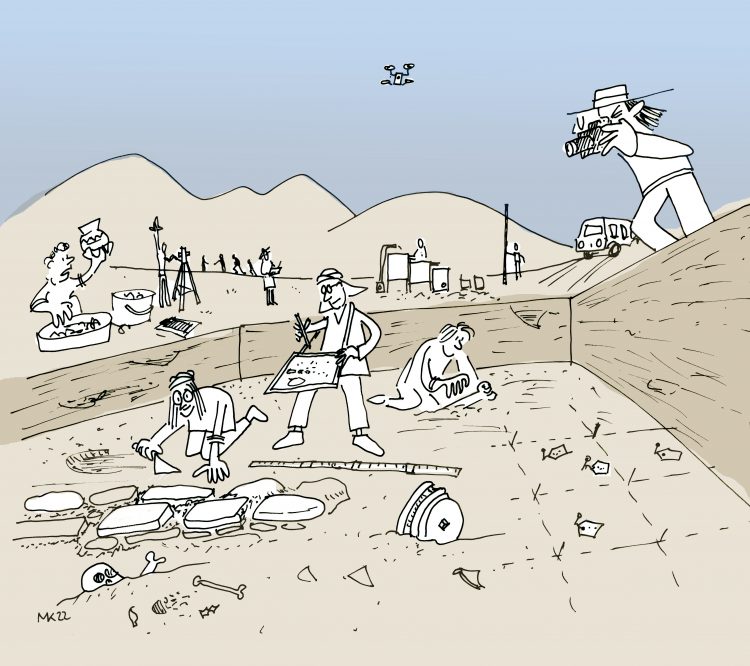The View Through the Camera. Photography in Archaeology
Antique remains used to be documented through drawings and engravings or with gypsum casts and models even before archaeology became an established scientific occupation. These products of artists and travellers, although sometimes blended with fantasy, were the primary visual source of information until photography was introduced and applied in archaeology. These early documents are sources […]
